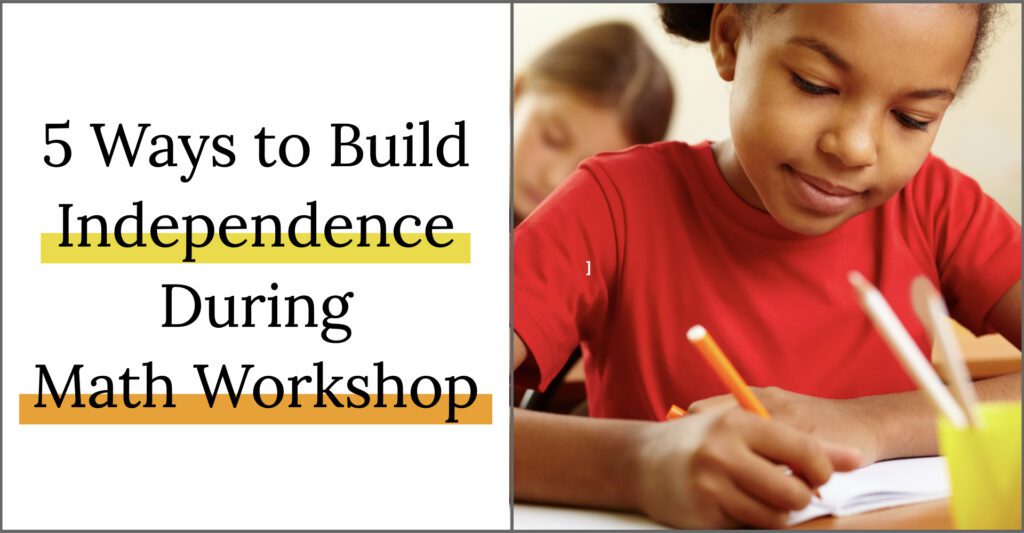
Perhaps one of the biggest hurdles teachers share is managing the rest of the class while teaching small groups. Whether it’s struggling to build independence, managing challenging behaviors, or simply keeping students on task, the idea of managing ALL of your students during math workshop can feel like a daunting task. Don’t worry! Today I’m going to walk you through some incredibly helpful tips to support you!.
Be Explicit
We often talk about modeling and being explicit with expectations when we’re discussing our beginning of the year routines. This is because you are teaching something new, and you want to set students up for a successful year. The same thinking needs to be applied to Math Workshop.
When we start to set up our math centers and rotations, we need to explicitly teach what a successful math workshop looks like and sounds like. We need to explicitly teach the routines. Start slow, introducing one type of center at a time (e.g. math journaling).
Create shared anchor charts that remind students what to do if they are stuck on their work, or if they have a question. Provide lots of visual supports that will help students independently seek out supplies and begin tasks. The more time you put up front, the less time you will have to spend supporting students who should be working independently.
Gradual Release of Responsibility
This idea builds nicely off of being explicit. When you are working to build your math routines, you don’t want to just set them up on the proverbial bike and let go. Then, your bike will only go a few feet, crash, and you’ll be left wondering why.
Instead, you start your class off with training wheels and you still hold on as you go. As you slowly introduce each routine, offer every support available (step-by-step visuals along with your verbal directions, being available while they work and not starting small groups *yet*, modeling how to ask. for support from peers, and how to answer…etc.)
As your class becomes more and more successful with each routine, try taking off the training wheels and then observe (while still keeping your hands on the handle bars). If they are able to be successful, slowly start removing your hands as well until you are able to fully take them off and start running your small guided math groups.
Celebrate Successful Moments
One way to REALLY reinforce their independence is to celebrate it! I like to use our closing circle at least once or twice a week to reflect. “Who can raise their hand and share one thing that worked really well for us today?”
It might not sound like much, but this gives you a HUGE opportunity to reinforce the positive things going on in your classroom. This will be a critical point for your more challenging behaviors, or for students who are lacking confidence in their abilities. Take this time to find something SPECIFIC that they did well and let them know how that impacted their own work and the work of their peers.
Maintain Control While Offering Choice
I have talked about this before, but it’s something I firmly believe in! Building independence during math workshop sometimes means letting go of all the control.
What do I mean by offering choice? In a nutshell, my students are learning a variety of ways to practice and build their mathematical knowledge, and then I offer a “forced choice”. This means that I offer two or three activities and the student chooses the one they wish to focus on during that center. It could be that they choose from 3 different journal prompts, or from two different games. The important thing is that I still have control over the choices offered, but they are getting SOME say in the work they engage in.
Is EVERY aspect of their math block a choice? No, there is definitely a healthy mix. However, when I started implementing choice into different parts of our math block, and let my students take charge of their learning, I saw a BIG shift. The independence empowered them! They were engaged, and highly motivated to learn.
I will admit, I was initially afraid of offering choice because it would be too much to keep track of and my classroom management would fall apart. However, the opposite ended up being true. My students were highly engaged, and I noticed a significant decrease in behaviors and students being off task. My classroom management game only grew stronger when I started offering choice during my math block.
Don’t Be Afraid to Hit Pause!
Let’s be real. There will be hiccups, and that’s okay. It doesn’t mean that you’re failing. I’m ten years into the math workshop model, and we still have times where things aren’t going as smoothly as I would like. Don’t be afraid to hit pause when things go awry and press the reset button.
Go back and model again. Go back and explicitly teach the expectations you think need revisiting to build back independence. Put back on the training wheels for a moment, and get your class back on track instead of trying to plow through it.
It doesn’t make you less of a teacher to hit pause. It actually means you’re a great teacher who is keeping a pulse on their class and being responsive to their needs. You’ve got this!


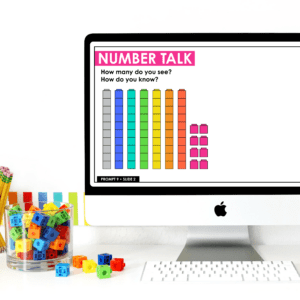
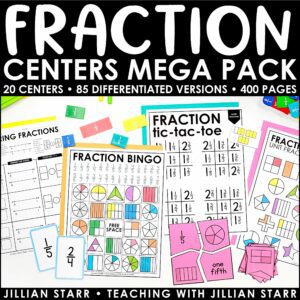
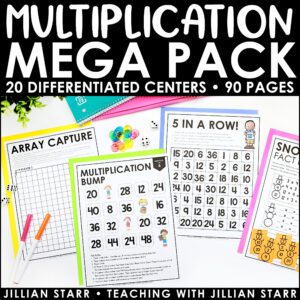
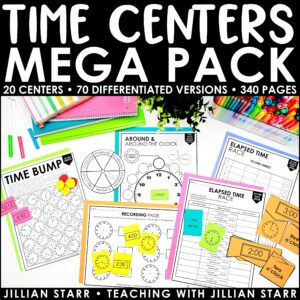
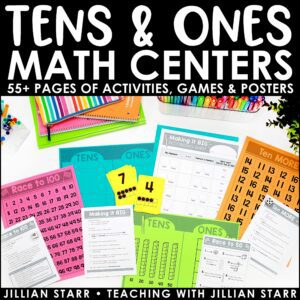
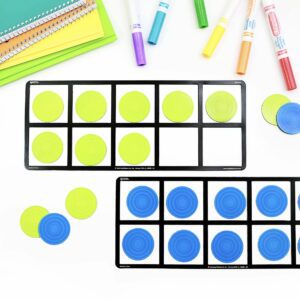




Nice work